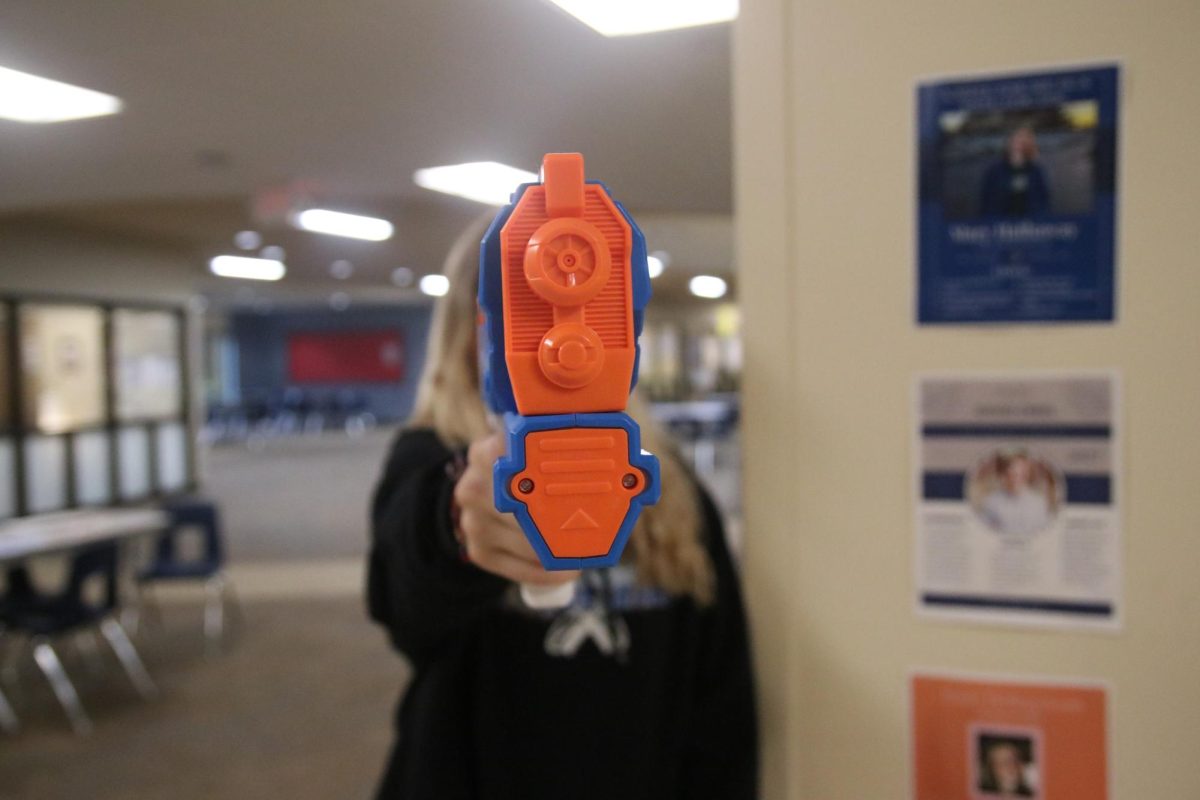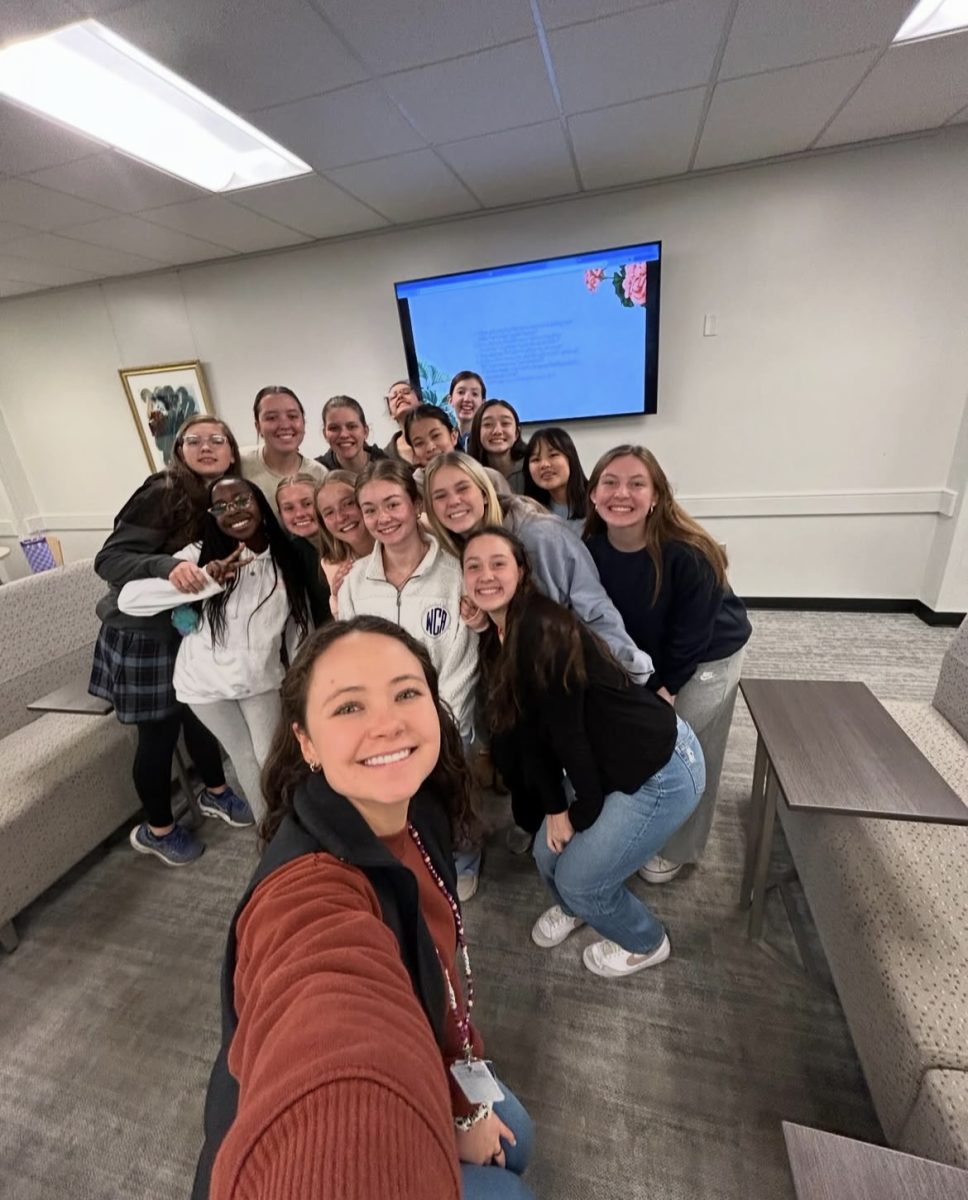A car full of teenage girls cruises down the highway like there is no such thing as a speed limit. The windows are down, the music is blaring and the girls are singing at the top of their lungs. As the song draws to a close, the driver reaches to change the station, only momentarily taking her eyes off the road and her hands off the wheel. Within the few seconds she is distracted, her car lurches into the next lane and collides with the car to her left.
This situation is becoming all too common in the United States. Distracted driving was responsible for over 3,000 deaths in 2010, according to distraction.gov.
Many people are disillusioned on what all qualifies as distracted driving. It is not only texting while driving or falling asleep at the wheel. There are many ways that the operator of a vehicle may become distracted and put themselves and their passenger’s at risk for an accident.
Teens have the highest rates of car crashes and accident related casualties without distractions to begin with. People ages 16-19 years old are three times as likely as those over the age of 20 to be involved in a fatal crash. When factors like speeding, talking on the phone, texting, being distracted by friends or the being under the influence alcohol and drugs are added to the equation, those rates double and at times, triple, according to the Center for Disease Control and Prevention (CDCP).
Studies done by the CDCP show that age and ability behind the wheel do correspond. The younger the driver, the less able they are to properly access hazards or avoid dangerous situations. These incidents occur most commonly when teens are driving with their peers and the likelihood of their occurrence increases with the number of passengers.
In Missouri, the law specifically states, teens driving on an intermediate license may not drive with anyone under 19 that is not a member of their immediate family for 6 months. The law is clear but whether or not teens are following it is a different story.
“My mom tried to be very strict with following that law but it got really hard. I feel like I’m a good driver and when my friends needed rides, it felt ridiculous to turn them down,” said Della Woodward, senior.
Many teens did follow the law, whether for fear of the police or in submission to their parents wishes while others did not, feeling they were too restricting and unfair.
“I think the laws are too strict. Not all teenagers are bad drivers, just like not all teenagers are good drivers. It’s unfair to make us all wait when it’s just a few teens being stupid,” said Valerie Chavez, senior.
According to distraction.gov, there is a lot more that goes into distracted driving than having a few friends in the passenger and back seats. Distracted driving can be broken down into three main categories: manual, cognitive and visual.
When drivers allow themselves to be distracted manually they are taking their hands off the wheel or their feet of the accelerator or the brake. Being distracted cognitively means that the driver’s focus is not on driving. They may be daydreaming or thinking about something else. Lastly, visual distractions are when the driver averts their eyes from the road.
Texting and driving can fall into all three categories of distracted driving. Almost 18% of distraction-related fatalities are related to cell phone use. Teen drivers use their cell phones while behind the wheel more than any other age group, as well.
Distraction.gov also reports that while texting and driving, drivers take their eyes off the road for around 4.6 seconds. If the driver is going 55 mph, in that time they are able to travel the length of an entire football field.
“It is hard not to text and drive, especially when I’m going somewhere to meet my friends and they’re all texting me. Lately though, all the commercials on TV about texting and driving are scaring me. I’m trying to cut down,” said Sarah Levenhagen, senior.
Young people’s feeling of invincibility has a lot to do with distracted driving. Though they may see the commercials and hear the horror stories, it may not be impacting them like they should and though some states regulate distracted driving, teens may need an extra push to commit to safe driving.
The CDCP believes “parents are the key to safe driving”. Parents must realize that car crashes are the #1 killer of teens and claim 3,000 lives annually. Having conversations about the importance of being safe behind the wheel could stop unsafe driving. Also, parents should be strict on the expectations they have on how their child should behave while operating a motor vehicle.
The CDCP suggests, “extending teens supervised driving periods, setting rules for the road and enforcing them when broken.”
Parents can play a major role in keeping their children safe and out of dangerous situation behind the wheel. The influence must be strong at home or it is very possible that teens could fall into the cycle of distracted driving.
Many teens are unaware of how great the risk is while driving. The excitement of being newly licensed and freedom is not a bad thing but it must be a disciplined.
Driving must be something that is treated as a privilege and right that is earned and must be reguraly regulated to keep the fatality rate from increasing.









